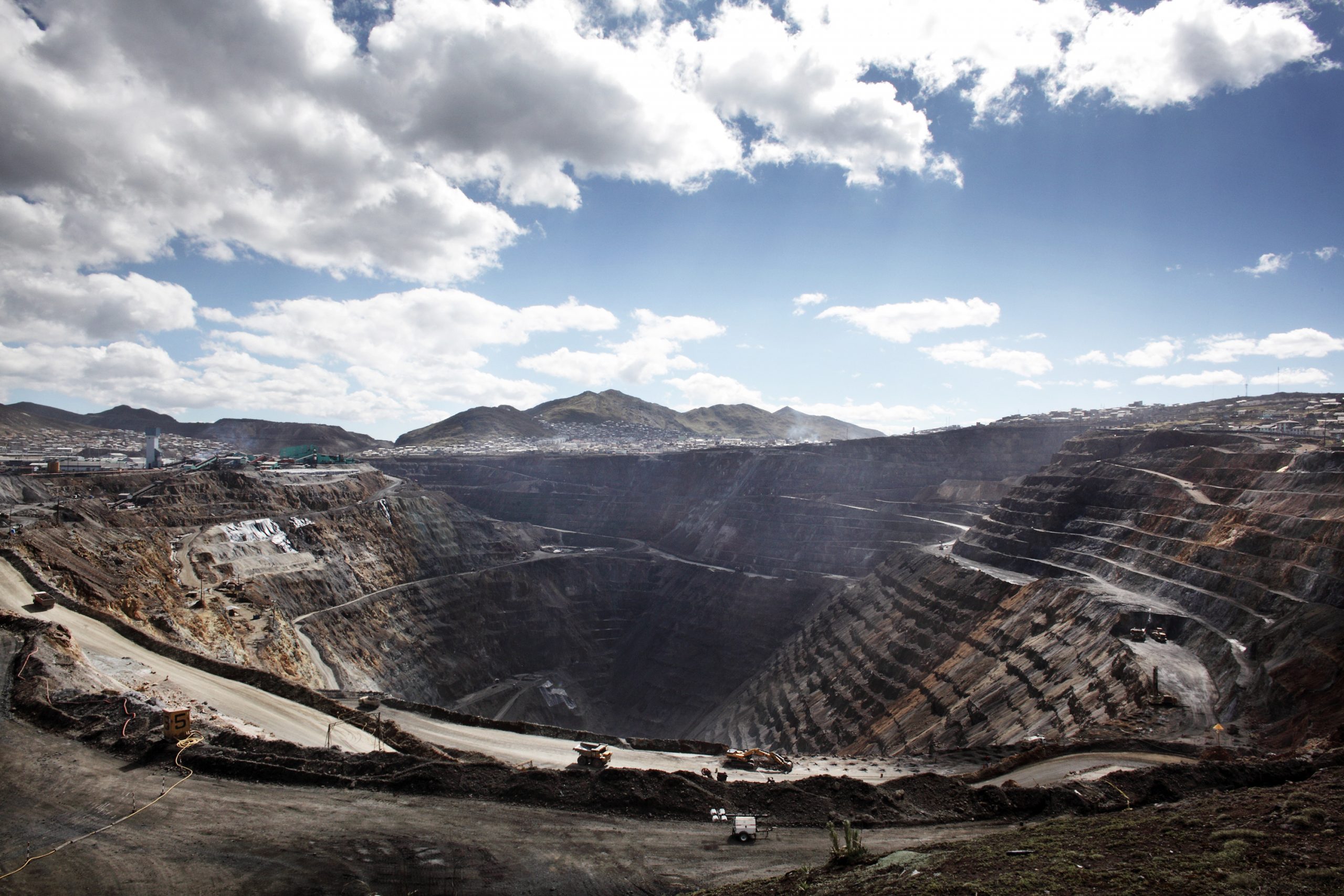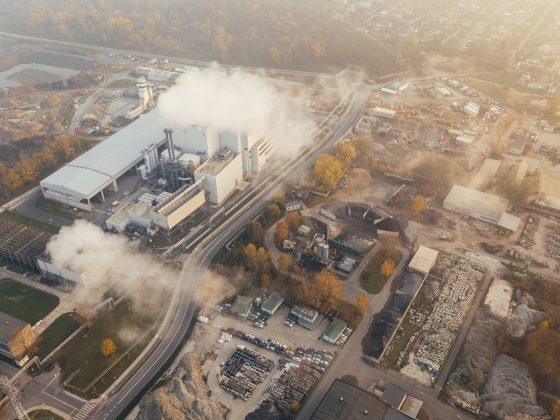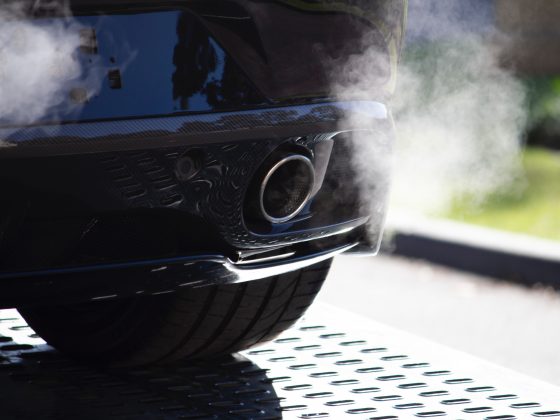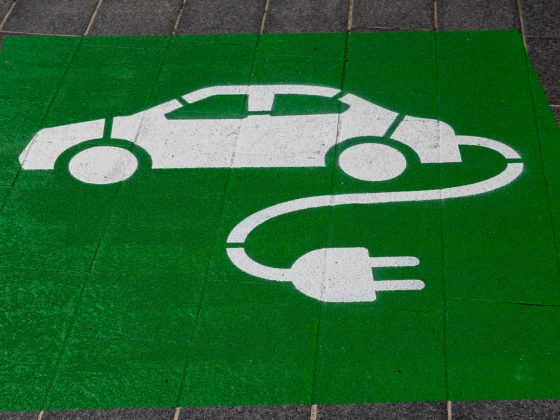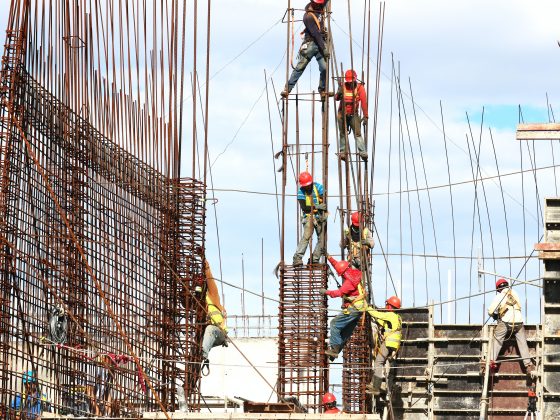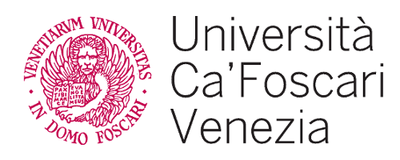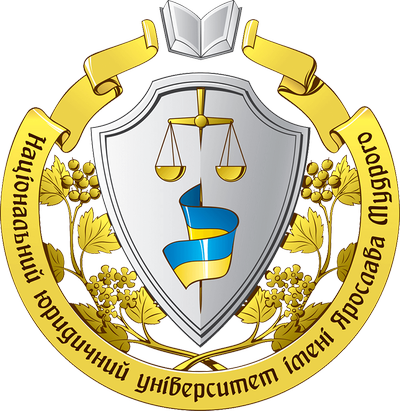The Peruvian mining city of Cerro de Pasco is highly polluted. The government and mining companies need to urgently deliver a restoration plan to address chronic health and environmental problems.
Cerro de Pasco, a city of almost 80,000 inhabitants that is located at 4400 meters above sea level in the Peruvian Andes, is a city marred by a complex interplay of environmental pollution and human rights abuses. The once-thriving mining town has seen its fortunes change dramatically, with the extraction of valuable minerals leaving a lasting mark on the environment and the lives of its inhabitants. According to our studies, if international standards would apply, 100% of the child population of the city would be urgently hospitalized for the presence of pollutants in their bodies.
Mining in Cerro de Pasco
The story of mineral extraction in the area dates back to pre-Hispanic settlements but is at the beginning of the twentieth century that the industrial mine started operating with the open pit that today characterizes the city. The mine is now operated by the Peruvian mining company, Empresa Administradora Cerro, a subsidiary of Volcan CA which in turn is majority owned by the Swiss multinational, Glencore.
During the last century, thousands of tons of minerals have been extracted, processed, and shipped to international markets, to be used in products such as electronics, batteries, jewelry and weapons, among others. What has been left in the city is an extreme accumulation of pollution and a crater that, over the years, has swallowed the vast majority of the old town.
In addition to the ever-present open pit, the entire city is surrounded and in a constant struggle with stockpiles: everywhere in the city it is possible to see piles as high as 100m of mining waste. The waste piles loom over houses, over playgrounds, near the hospital, inside lakes, at the source of rivers, everywhere. All the watersheds of the area are heavily polluted, mostly by heavy metals, a typical sub product of mining activities. Some rivers and lakes contains concentrations of heavy metals that are up to 1000 times over the legal limit; and during the dry season clouds of heavily mineralized dust rise from the mine and the stockpiles and deposit everywhere over and around the city.
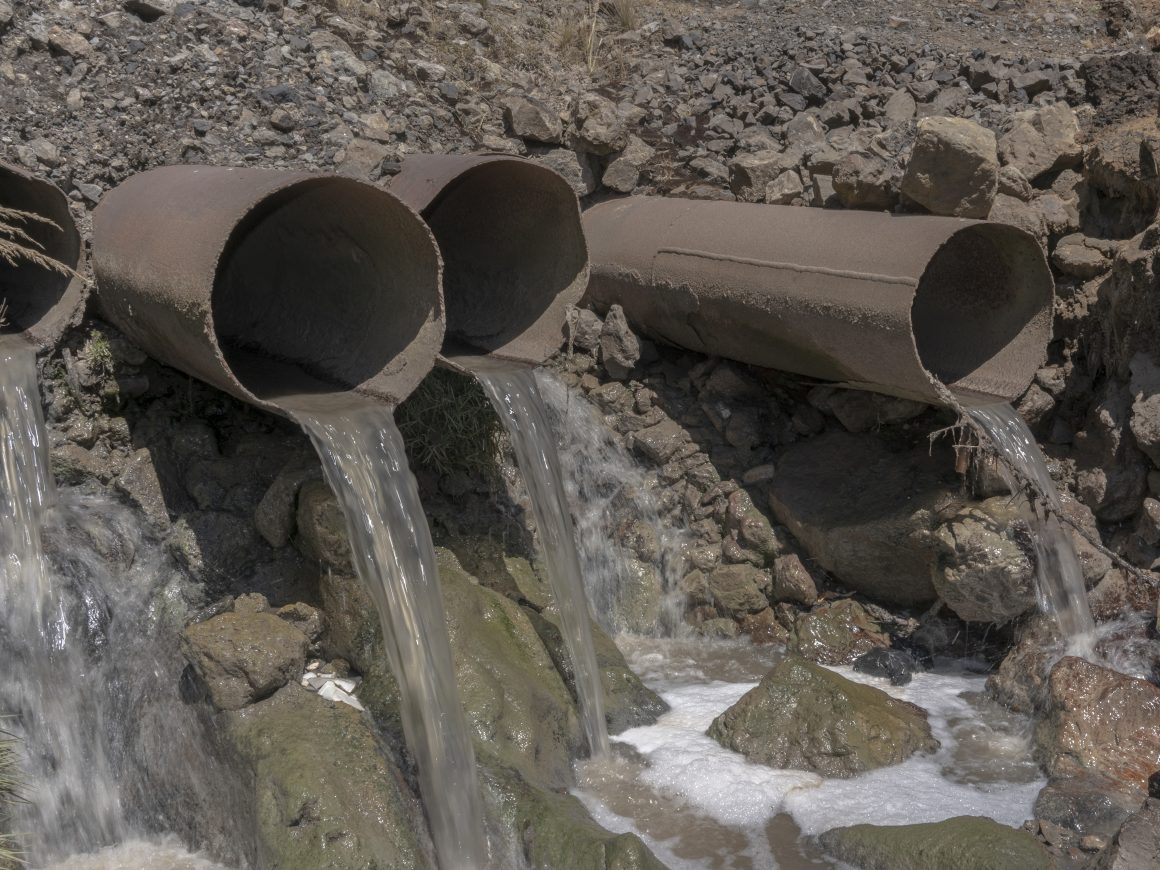
Environmental and health impacts
This situation has led to a critical health condition in the entire city. in. According to a study that we published in Nature in 2021. children in Cerro de Pasco have 15 times more chance of having a nosebleed compared with children in neighboring cities. They also have a 12 times higher probability of having white lines on their nails (a marker of internal contamination), 8 times more chance of having dermatological problems and 7 times higher chance of having mood and mental alterations, among other symptoms.
One of the biggest problems of heavy metals is is their effect on the development of the brains of children. Several studies have demonstrated how the IQ of growing children is severely affected if they are exposed to heavy metals during their growth. This is one of the main reasons that pushed governments from across the world to ban lead from gasoline, starting in the 1970s.
A study that we made in 2021 demonstrates how children in Cerro de Pasco have an average IQ that is 12 points lower than the national average and than children from the neighboring city (as comparison, the lead in the gasoline is considered to affect IQ levels of less than 2 points, and it has been enough to ban it worldwide).
The same study demonstrates how there is a direct correlation between the concentration of lead in the childrens’ bodies and their lower IQ. Considering that the brain develops in the first 6-7 years of a child’s life, it is clear how this type of pollution affects children for the rest of their lives. Actually the factor that most of all influences the IQ of children (lead concentration being the second) is the level of education of their parents. Therefore, the children that today have lower IQ will probably have a lower education level and consequently their own children will also likely have a lower IQ. The impact on the local population goes even beyond one generation.
The economic situation in the city is not much better. While the city saw a surge in population and employment levels during the 1960s and 1970s, in the last 20 years the combination of overexploitation of the ore and the increasing mechanization of the industry has decreased employment rates to an all-time low. Today, the local workforce of the mine is no more than 400 people and unemployment in the city is rampant.
The traditional way of living has been abandoned dozens of years ago and the extreme pollution of the area makes it impossible to restart any sort of agricultural or touristic activity. The city’s isolated position high in the Andes makes it complicated to invest in new commerce. Neither the central government nor the local ones have ever seriously invested in anything other than mining, despite the clear evidence that such activity has generated more harm than good.
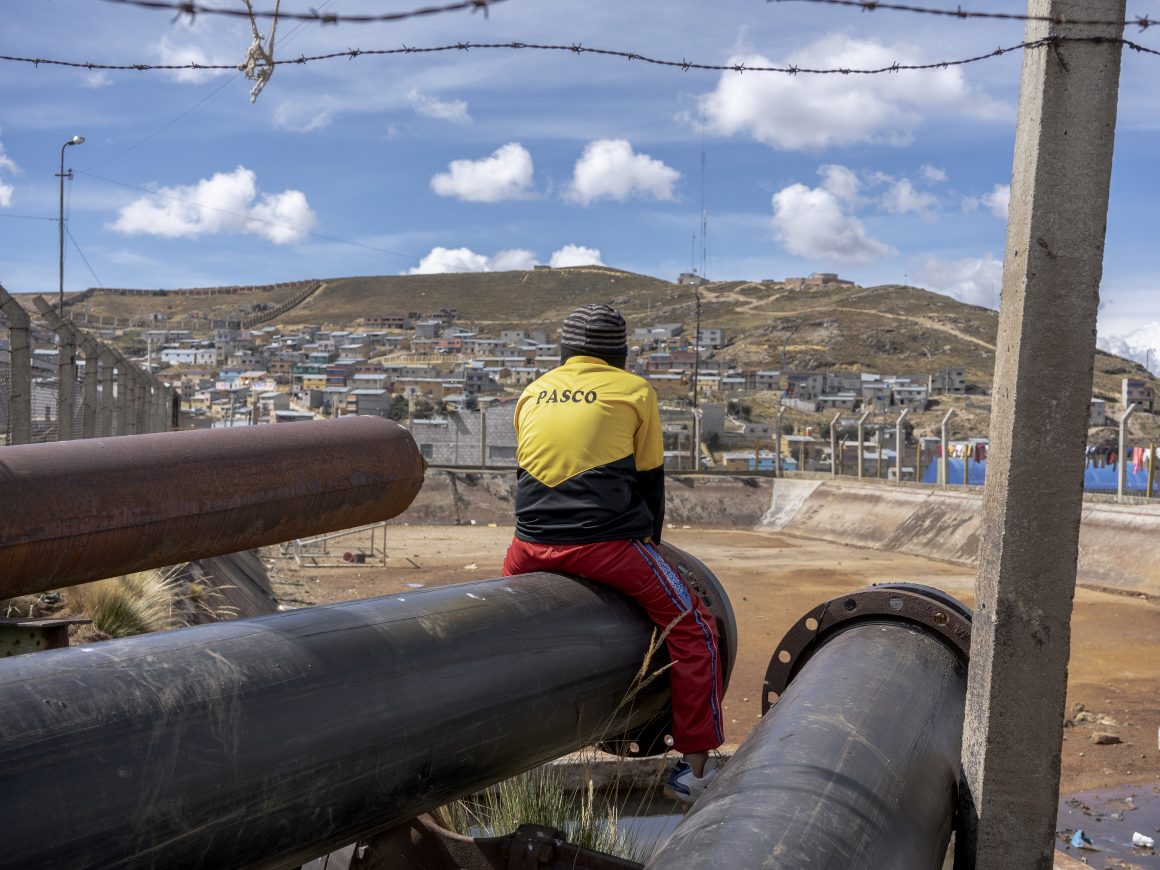
Restoring a city in decline
All the social and economic indicators in Cerro de Pasco are among the lowest in the country, from literacy to health access; from malnutrition to underage pregnancy; from human development to life expectancy. Whatever factor is taken into consideration, the city of Cerro de Pasco is always among the lowest in the country and demonstrates a clear evidence of how the resource curse has effects at local levels too.
Cerro de Pasco needs a huge cleaning and reconversion plan resourced by the government and the companies – Glencore, Volcan, and Cerro – that operate the mine. The plan needs a long term view because an area with such levels of pollution cannot be restored in one year or two. It requires at least a decade of constant work and investment. If we consider that over the last century, private companies have made millions of profits from Cerro de Pasco and that the Peruvian government has also largely benefitted from the exploitation of the mine, a restoration plan for the city is the minimum the people of Cerro de Pasco deserve in return.

